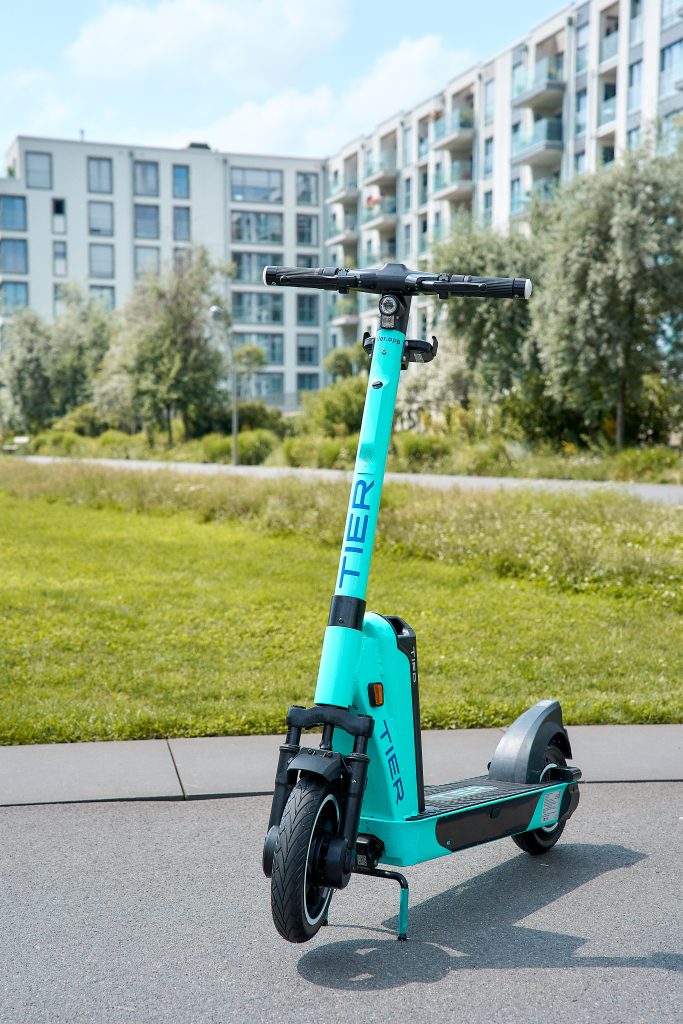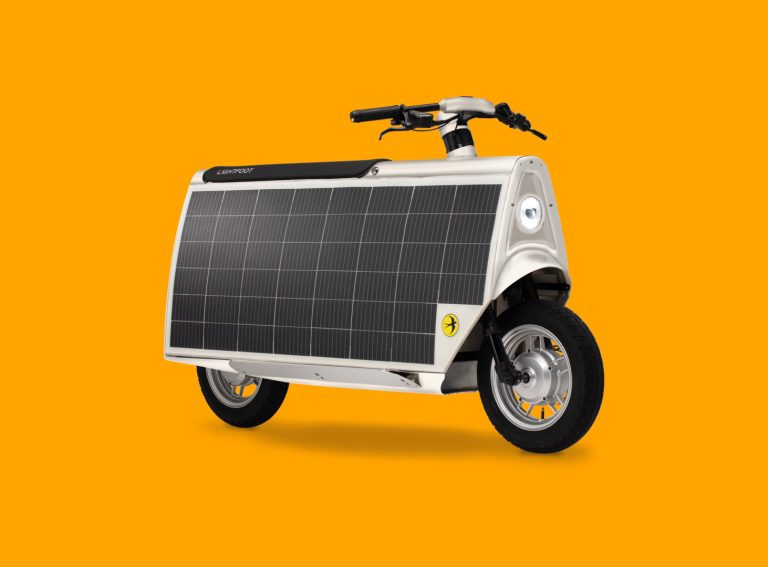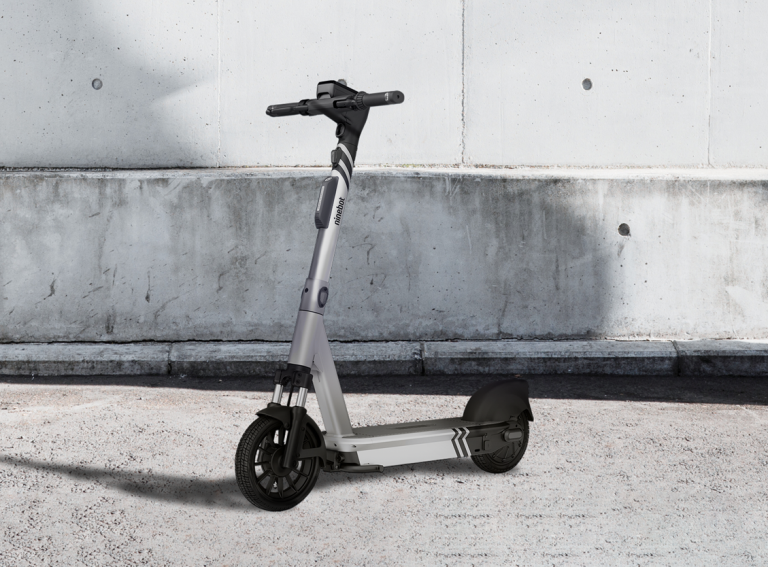Shared micromobility operator TIER is introducing a next-generation e-scooter model for the streets of London this month, designed to boost safety and accessibility in the city.
TIER’s e-scooters will have brighter on-board lights for better visibility, along with three independent brakes, grippier handlebars and wider tyres. A new set of upgraded indicators offer 360° visibility and enhanced clarity for road users when riders signal their direction of travel.

The new model also enables TIER to test its ‘universal sound’ for e-scooters developed in conjunction with University College London’s world-leading research facility PEARL, which alerts pedestrians and other road users when someone is approaching.
The operator has engaged extensively with disability experts, including UK visual impairment charity Thomas Pocklington Trust to deliver these upgrades. Jacqui Thomas, Engagement Manager at the Thomas Pocklington Trust, said she believes the new updates will improve safety for pedestrians who are blind and partially sighted.
“As a Londoner navigating the streets with a visual impairment I have been concerned about the visibility of e-scooters. TIER’s newest e-scooter model has greater visibility than before, with recognisable and contrasting colours, and their ID plates continue to display black text against a bright yellow background at the front and rear. Contact information to report irresponsible behaviour or faults is clearly displayed in white on a black background too.”
Introducing this next-gen e-scooter will mean TIER’s current UK fleet will be replaced and subsequently used in other markets, in line with the company’s commitment to sustainability as it grows its footprint across Europe.
Georgia Yexley, General Manager of TIER UK and Ireland, added: “These upgrades cement TIER’s position as the safest and most inclusive operator in the industry. By upgrading our fleet in a sustainable way, we are building a long-term network of green transport options, allowing our users to play an active part in cutting carbon, improving air quality and building better cities.”



